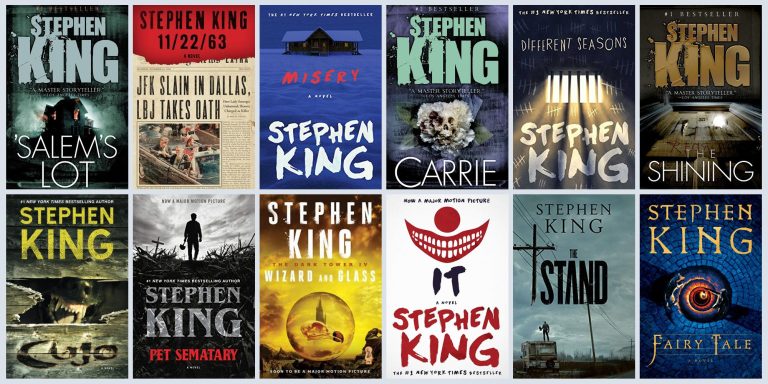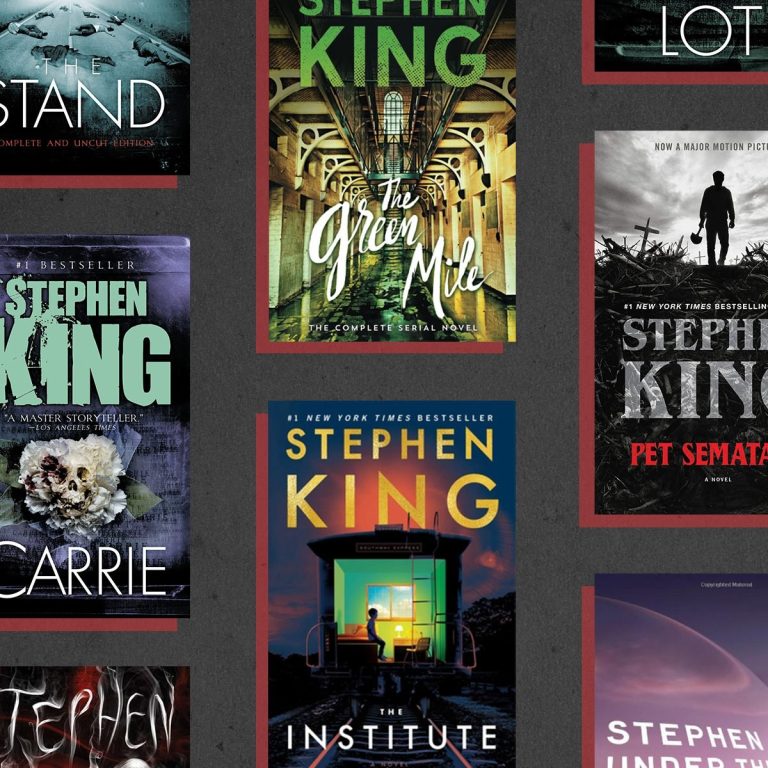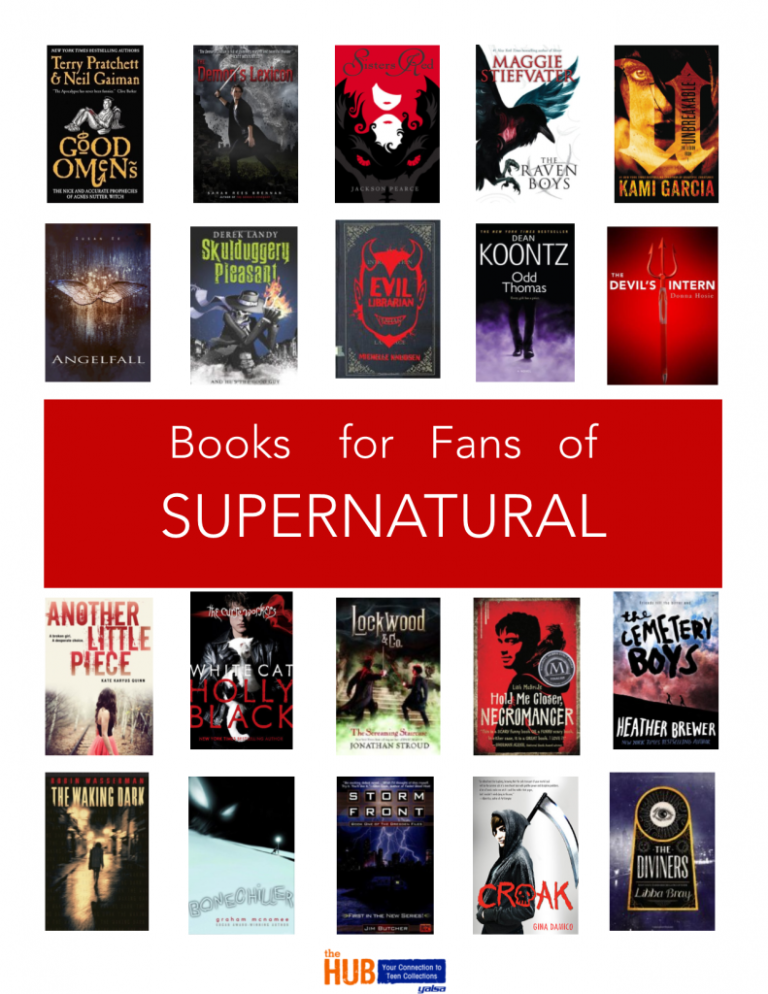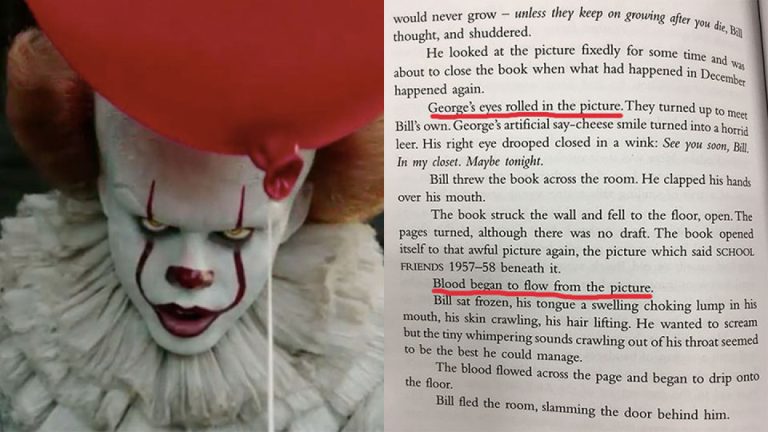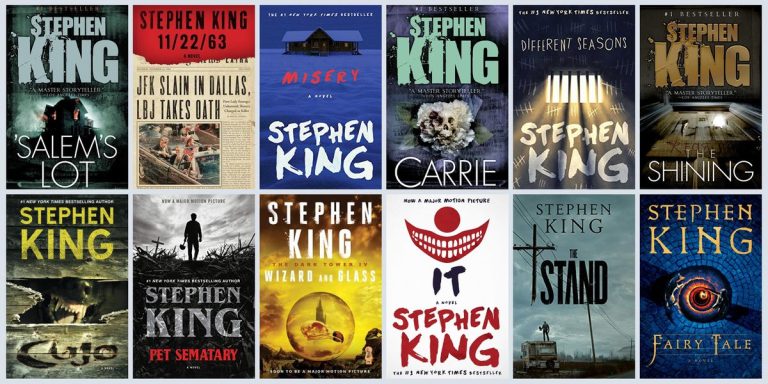Unforgettable Antagonists: Stephen King’s Most Memorable Villains
Get ready to dive into the twisted and chilling world of Stephen King’s most unforgettable antagonists. From the creepy clowns to the supernatural beings, King has created a plethora of memorable villains that have haunted our nightmares and kept us turning the pages late into the night. In this article, we’ll take a closer look at some of King’s most notorious baddies and explore what makes them so captivating.
When it comes to crafting compelling villains, Stephen King has truly mastered the art. His ability to create complex and deeply disturbing characters is unmatched, leaving readers both terrified and enthralled. From the mind of the master storyteller himself, we are introduced to a wide array of antagonists that range from psychopathic killers to otherworldly creatures. These villains are not just one-dimensional monsters, but rather multifaceted characters with their own motivations and backstories. Whether it’s the sadistic Pennywise from “IT” or the malevolent Randall Flagg from “The Stand,” King’s villains are etched into our collective consciousness, forever leaving an indelible mark. So, buckle up and get ready to explore the dark and twisted minds of Stephen King’s most unforgettable antagonists.
Stephen King is renowned for his ability to create unforgettable villains that send shivers down our spines. From Pennywise the Clown in “It” to Annie Wilkes in “Misery,” King’s antagonists have become iconic figures in the world of horror. These villains are not only terrifying but also complex, with motivations that intrigue and disturb us. King’s masterful storytelling and vivid imagination bring these villains to life, leaving an indelible mark on readers. Explore the dark and twisted minds of Stephen King’s most memorable villains in this chilling journey into the realm of horror.
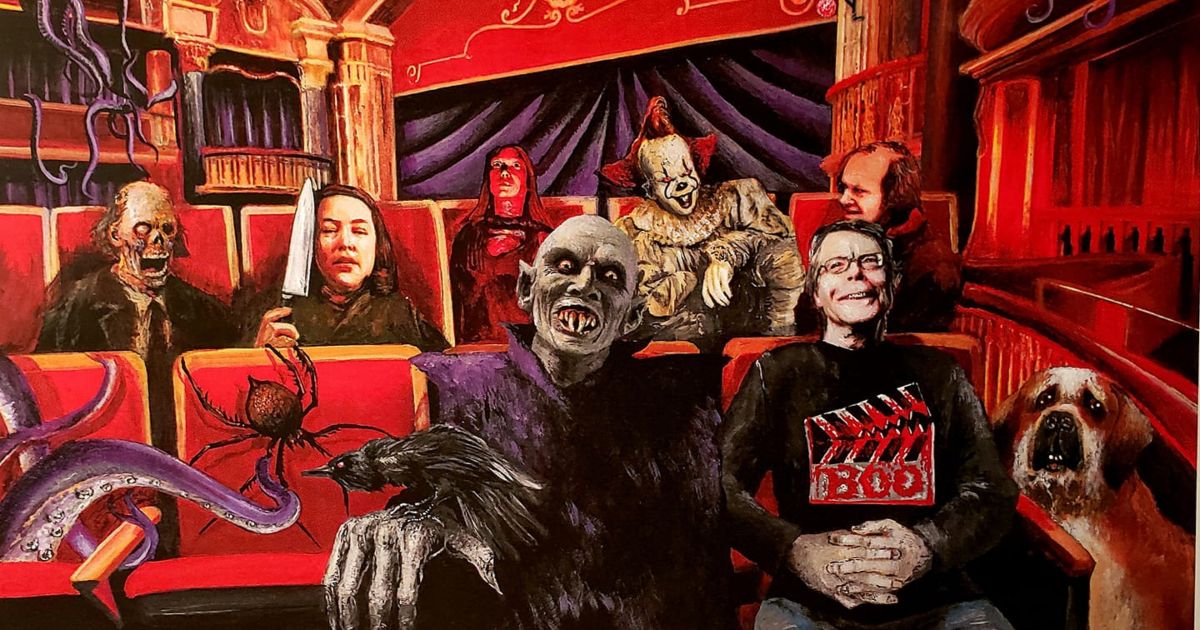
Unforgettable Antagonists: Stephen King’s Most Memorable Villains
Stephen King is renowned for his ability to create captivating and unforgettable villains in his novels. From the supernatural to the psychologically disturbed, King’s villains have left a lasting impression on readers around the world. In this article, we will delve into some of Stephen King’s most memorable antagonists and explore what makes them so compelling.
H3: Pennywise the Dancing Clown (It)
One of Stephen King’s most iconic villains is Pennywise the Dancing Clown from his novel “It.” Pennywise is a shape-shifting entity that preys on the fears of children in the town of Derry, Maine. With his sinister smile and haunting presence, Pennywise embodies pure evil. The character’s ability to transform into the deepest fears of his victims adds an extra layer of terror.
In the novel, Pennywise represents the embodiment of fear and the power it holds over individuals. He feeds on the town’s residents, instilling fear and chaos. Pennywise’s unforgettable presence has made him a cultural icon and a symbol of horror.
H4: The Overlook Hotel (The Shining)
In “The Shining,” the Overlook Hotel itself becomes a malevolent force. The hotel’s dark history and supernatural inhabitants gradually consume the mind of Jack Torrance, the protagonist. As Jack descends into madness, the hotel’s influence intensifies, turning it into a character of its own.
The Overlook Hotel represents the dangers of isolation and the destructive power of the human psyche. King masterfully creates an atmosphere of dread and tension, making the hotel a character that lingers long after the book is finished.
H4: Annie Wilkes (Misery)
Annie Wilkes, the antagonist in “Misery,” is a former nurse who rescues and imprisons her favorite author, Paul Sheldon. As the story unfolds, Annie’s true nature is revealed, and her obsession with Paul becomes increasingly disturbing. Annie’s unpredictable behavior and sadistic tendencies make her one of King’s most chilling villains.
Annie Wilkes represents the dark side of fandom and the dangers of obsession. King’s portrayal of her character is both terrifying and thought-provoking, exploring the fine line between admiration and obsession.
H4: Randall Flagg (The Stand)
Randall Flagg, also known as the Dark Man, is a recurring character in many of Stephen King’s novels. In “The Stand,” he serves as the primary antagonist. Flagg is a charismatic and malevolent figure who thrives in chaos and destruction. He manipulates others to serve his own dark agenda.
Flagg embodies the concept of evil itself, preying on people’s weaknesses and exploiting their fears. His presence throughout King’s works ties together the interconnected universe the author has created.
H3: The Importance of Unforgettable Antagonists
Stephen King’s ability to create unforgettable villains is a testament to his skill as a writer. These antagonists serve as more than just obstacles for the heroes; they represent deeper themes and explore the darker aspects of human nature. By highlighting the power of fear, isolation, obsession, and evil itself, King’s villains leave a lasting impact on readers.
The presence of these memorable antagonists adds depth and complexity to King’s stories. They challenge the reader’s perceptions of good and evil, forcing them to confront their own fears and vulnerabilities. Through his villains, King creates a sense of unease that lingers long after the final page is turned.
In conclusion, Stephen King’s most memorable villains have become iconic figures in the world of literature. From Pennywise to the Overlook Hotel, Annie Wilkes to Randall Flagg, these antagonists continue to captivate readers with their chilling presence. Through their stories, King explores the darkest corners of the human psyche and forces us to confront our own fears. These unforgettable villains are a testament to King’s ability to create compelling and engaging characters that resonate with readers long after the book is finished.
Key Takeaways: Unforgettable Antagonists – Stephen King’s Most Memorable Villains
- Stephen King has created some of the most memorable villains in literature.
- His villains are often complex and multi-dimensional, making them more terrifying.
- King’s ability to create realistic and relatable villains is what sets him apart.
- Some of his most iconic villains include Pennywise from “It” and Annie Wilkes from “Misery”.
- King’s villains leave a lasting impression on readers and are hard to forget.
Frequently Asked Questions
1. Who is Stephen King?
Stephen King is a renowned American author known for his contributions to the horror and suspense genres. With over 60 novels and hundreds of short stories, King has become one of the most successful and influential writers of our time. His works have been adapted into numerous films, television series, and even comic books.
King’s writing style blends elements of horror, supernatural, and psychological suspense, captivating readers with his ability to create vivid and memorable characters. His stories often explore themes of fear, trauma, and the dark side of human nature.
2. What makes an antagonist unforgettable?
An unforgettable antagonist is one who leaves a lasting impression on readers long after they have finished the book. In Stephen King’s novels, his most memorable villains possess several key characteristics. Firstly, they are incredibly well-developed, with complex motives and a sense of depth that makes them feel like real individuals.
Secondly, these antagonists often tap into deep-seated fears and anxieties, striking a chord with readers on a primal level. Whether it’s a supernatural entity or a human villain, King’s antagonists have the power to evoke genuine terror and unease. Lastly, these memorable villains challenge the protagonist in ways that test their strength, resilience, and morality, creating a gripping narrative that keeps readers hooked.
3. Who are some of Stephen King’s most memorable villains?
Stephen King has created a plethora of unforgettable villains throughout his career. One of the most iconic is Pennywise the Dancing Clown from “It.” This malevolent entity preys on children’s fears, haunting the town of Derry and leaving a trail of terror in its wake.
Another notable antagonist is Annie Wilkes from “Misery.” As an obsessed fan turned captor, Annie showcases a chilling blend of unpredictability and sadism, making her a truly unforgettable character.
Other notable villains include Randall Flagg from “The Stand,” Jack Torrance from “The Shining,” and the Overlook Hotel itself. Each of these villains embodies different forms of evil, leaving a lasting impact on readers.
4. How does Stephen King develop his villains?
Stephen King is a master at developing villains that are both captivating and terrifying. One of his key techniques is to delve deep into the psychology of his antagonists, exploring their past traumas, motivations, and inner demons. By providing a rich backstory, King adds layers of complexity to his villains, making them more than mere embodiments of evil.
Additionally, King often uses supernatural elements to enhance the menace of his villains. Whether it’s through supernatural powers or otherworldly origins, these elements add an extra layer of fear and intrigue to the characters.
5. Why are Stephen King’s villains so memorable?
Stephen King’s villains are memorable due to his exceptional storytelling ability. He crafts narratives that immerse readers in a world where the line between reality and nightmare is blurred. By tapping into universal fears and exploring the darkest corners of the human psyche, King creates villains that resonate on a deep level.
Furthermore, King’s attention to detail and his knack for creating vivid and believable characters make his villains feel all too real. They become entities that readers can’t easily forget, haunting their thoughts long after the final page is turned.
Top 10 Stephen King Movie Villains
Final Summary: The Unforgettable Antagonists of Stephen King
When it comes to crafting memorable villains, Stephen King is a master of his craft. Throughout his extensive body of work, he has created some of the most chilling and unforgettable antagonists in literary history. From Pennywise the Dancing Clown to Annie Wilkes, his villains have haunted our nightmares and left an indelible mark on popular culture. In this article, we have delved into the depths of King’s imagination to explore his most iconic villains and the reasons why they continue to captivate readers.
One of the key factors that make King’s antagonists so compelling is their complexity. These villains are not mere caricatures of evil, but rather multi-dimensional characters with intricate backstories and motivations. Take Randall Flagg, for example, a recurring antagonist in King’s novels. Whether he appears as the Dark Man in “The Stand” or as Walter O’Dim in “The Dark Tower” series, Flagg is a charismatic and enigmatic figure who embodies the essence of malevolence. His allure lies in his ability to manipulate and corrupt, drawing readers in with his dark charm.
In addition to their complexity, King’s villains are also deeply relatable in their flaws and vulnerabilities. They often mirror the darkest aspects of human nature, exposing the fragility of our own morality. Jack Torrance, the tormented protagonist-turned-antagonist in “The Shining,” exemplifies this duality. As he descends into madness, we witness his inner demons taking control, a chilling reminder of the potential darkness that exists within all of us.
In conclusion, Stephen King’s villains are not just there to scare us; they serve as mirrors, reflecting our own fears and inner demons. They remind us that evil can reside in the most unexpected places and that the battle between good and evil is not always clear-cut. Through their complexity and relatability, these unforgettable antagonists continue to haunt our imaginations long after we’ve turned the final page. So, the next time you delve into a Stephen King novel, be prepared to confront the darkness within yourself as you encounter some of literature’s most memorable villains.

